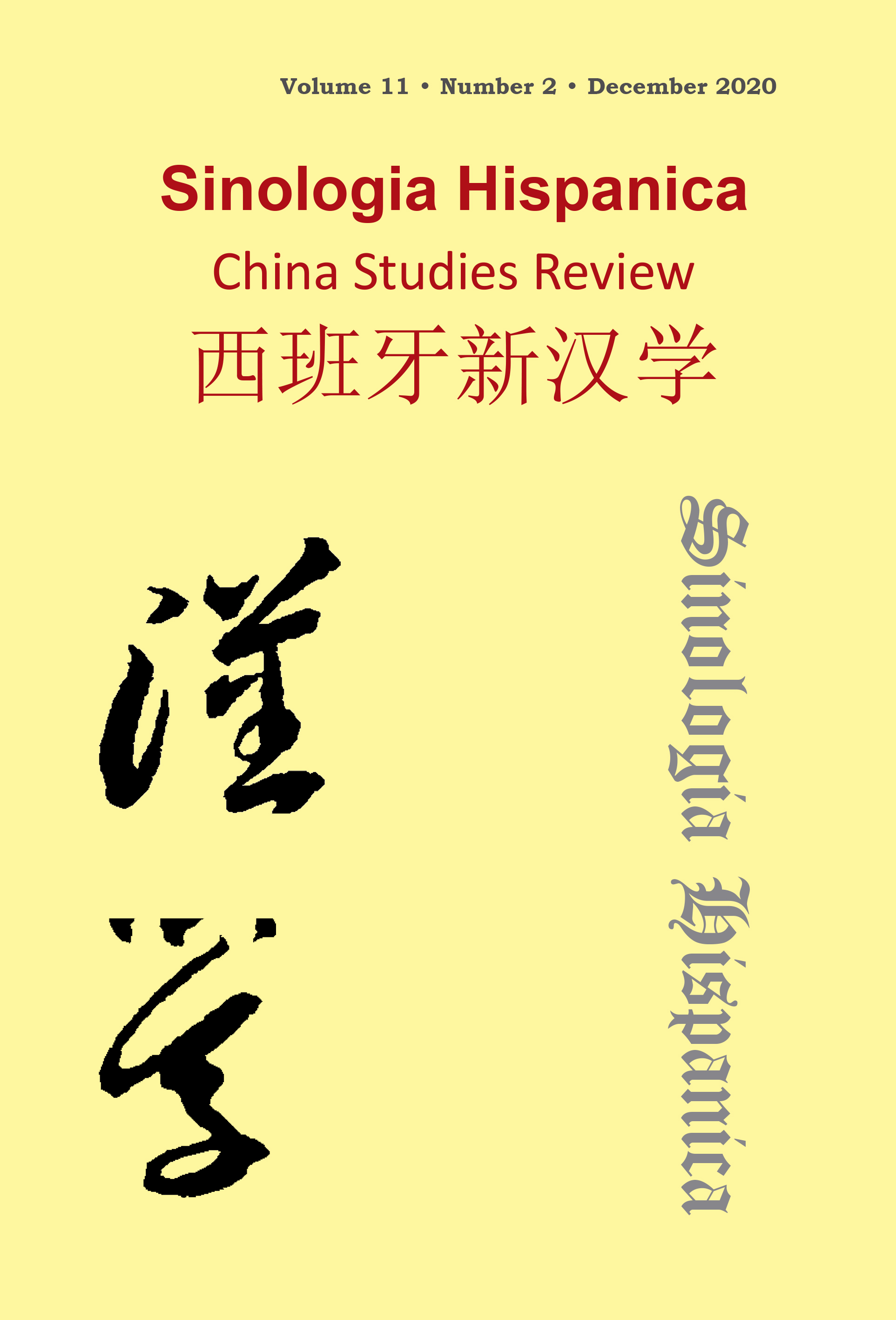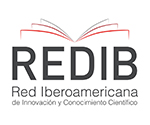The Framework of Urban Planning in China in the 21st Century: A Discipline at the service of Building a Nation
DOI:
https://doi.org/10.18002/sin.v11i2.6908关键词:
China, Urban planning, Land regime, Master plan, Urban design, Duoguiheyi, Hangzhou摘要
The character of urban planning in China must be understood within the framework of the policies of the country's planning. In this context, urban planning is subordinate to the economic construction of the nation.The most eloquent image of this Post-Socialism scenario is the intense urbanization processes of cities. New residential areas, downtown and affluent business districts, industrial and technology parks, are its image. However, what is the planning framework, procedures and urban instruments that allow these processes? The political structure of the Chinese state centrallyand hierarchically directs this planning through its state policies and guidelines of the Five-Year Plans,
and its sectorial implementation through the different ministries. However, a lack of integrated
planning leads to the duplicity of competencies, lack of coordination and divergence of objectives. A
new framework, the ‘duoguiheyi’, tries to alleviate this situation. The land regime and its development
is an essential factor to understand the transformation and growth processes of cities, as well as
the entrepreneurial character of the local state. At the same time, contemporary urban planning as
a discipline has a short history and a very recent legal framework that generates a lack of cases of
reference and adaptation to rapid urban dynamics. In some chapters, the city of Hangzhou will serve
as an explanatory reference.
Downloads
Métricas alternativas
Downloads
已出版
How to Cite
期
栏目
License
Copyright (c) 2021 María José Masnou Morera

This work is licensed under a Creative Commons Attribution-NonCommercial-ShareAlike 4.0 International License.
Sinología Hispánica. China Studies Review considers all manuscripts on the strict condition that:
- The authors assign the exploitation rights (reproduction, distribution, public communication and transformation) of the work accepted for publication to the University of León on a non-exclusive basis. Authors can establish, on their own, additional agreements for the non-exclusive distribution of the version of the work published in the journal (for example, placing it in an institutional repository or publishing it in a book), always acknowledging the initial publication. in this magazine.
- The manuscript is your own original work and does not duplicate any other previously published work, including your own previously published work.
- The manuscript is not currently under consideration or peer review, nor accepted for publication, nor in press, nor published elsewhere.
- The manuscript contains nothing that is abusive, defamatory, libellous, obscene, fraudulent, or illegal.
- Please note that Sinologia Hispanica uses Turnitin software to screen manuscripts for unoriginal material. By submitting your manuscript to Sinologia Hispanica you are agreeing to any necessary originality checks your manuscript may have to undergo during the peer-review and production processes. Any author who fails to adhere to the above conditions will be rejected.
- Authors are allowed and encouraged to electronically disseminate the pre-printed versions (version before being evaluated) and / or post-printing (version evaluated and accepted for publication) of their works before publication, since it favors their circulation and dissemination more early and with it, a possible increase in its citation and reach among the academic community.
Sinologia Hispanica is under an international license Creative Commons Attribution-Noncommercial-Share Alike 4.0. You can read more about this license in an informative version and legal text.








